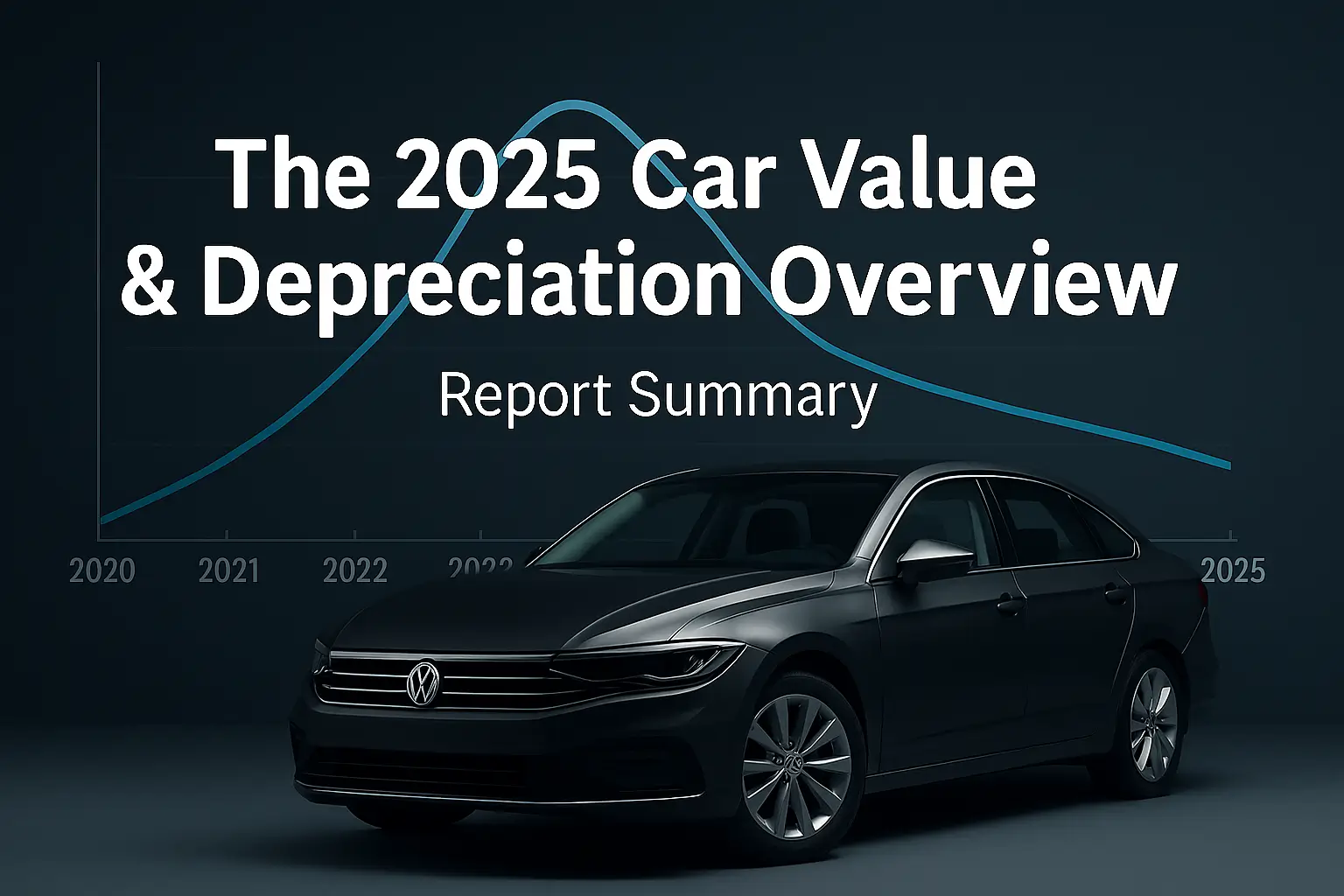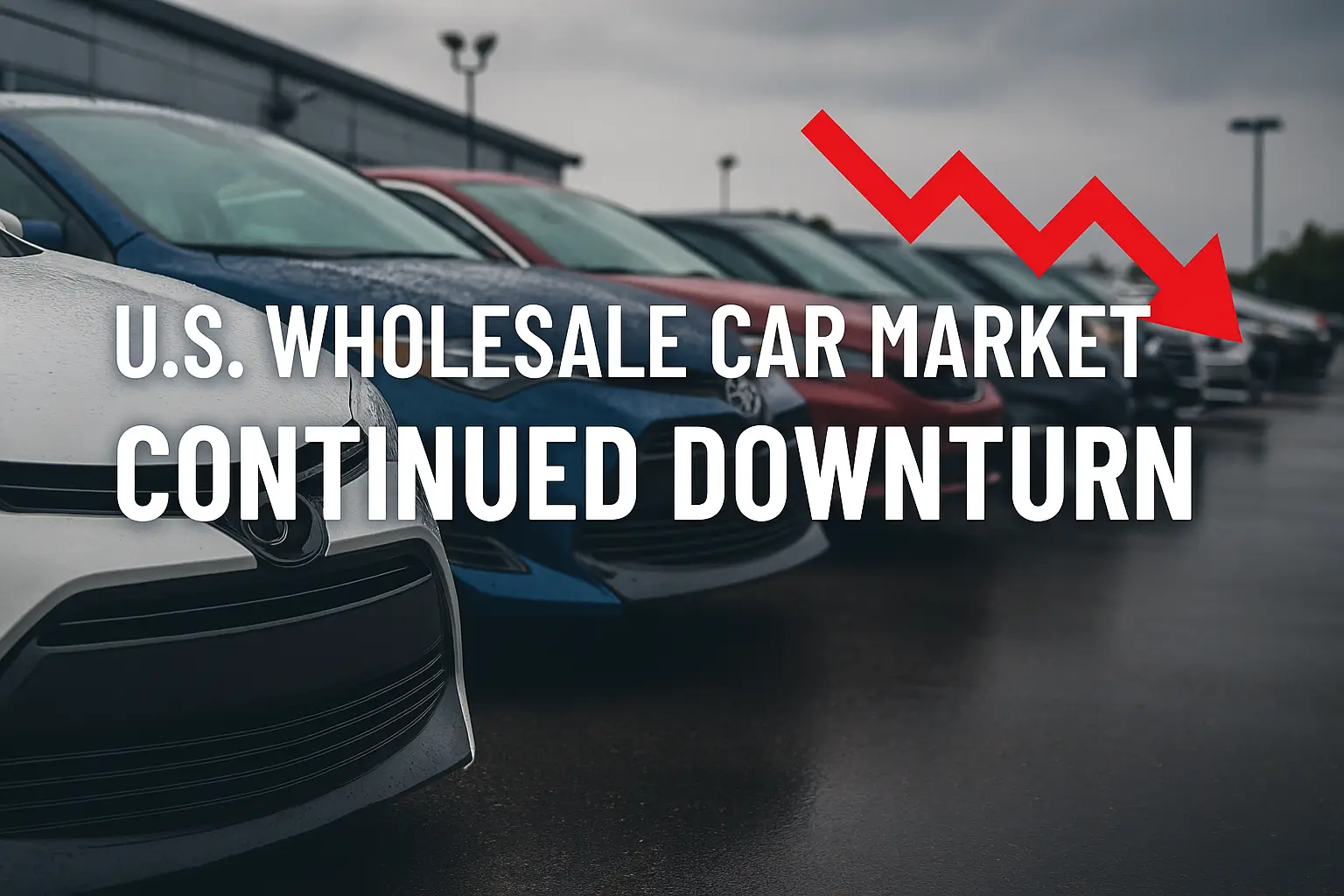Under the stars of a clear California night, somewhere in the vastness of Tesla’s sprawling Fremont factory, the hum of machines blends with the hushed whispers of engineers. These are the sounds of innovation and adaptation—a company standing at the crossroads of financial challenge and technological promise. Just last week, amidst a backdrop of falling earnings, Tesla’s enigmatic CEO, Elon Musk, made a pivotal announcement that could redefine the future of mobility: the commitment to not just higher aspirations, but more accessible dreams.
The first quarter of 2024 has been a bumpy ride for Tesla. Net income took a steep dive of 55 percent to $1.1 billion, with overall revenue trailing by 9 percent at $21.3 billion. Despite these grim numbers, the winds of change are blowing at Tesla. The company’s recent earnings report was not just about figures; it was a canvas where Elon Musk painted his vision of a future driven by affordability and automation.

Affordable Tesla Models on the Horizon After Weak Q1 Results (PDF)
The Fall and Rise in Numbers
The dip in Q1 earnings can largely be attributed to what Tesla described as “one-time events”—a vague umbrella that covers everything from geopolitical tensions in the Red Sea to an unexpected arson attack at Tesla’s Gigafactory in Berlin. These incidents coincided with the initial rollout of an updated Model 3 in Fremont, causing a significant 8.5 percent slide in global sales for the quarter.
Despite this, Tesla’s stock price surged about 10 percent post-earnings release. Investors seemed to rally around the automaker’s renewed commitment to introduce more affordable models by the end of 2025. This strategic pivot is expected to not only boost sales but potentially dominate the market by targeting a broader consumer base.
Affordable Future: The Tesla Model 2?
While specific details remain under wraps, analysts like Seth Goldstein from Morningstar speculate that these affordable vehicles, possibly branded as the “Model 2,” could spearhead Tesla’s drive towards a massive scale-up in production. “Affordable vehicles should eventually generate a majority of its total deliveries,” Goldstein stated, projecting an optimistic future where Tesla could be delivering around 5 million vehicles by 2030.
The least expensive model currently available in the U.S. is the Tesla Model 3, starting at $40,630. This price point is still a stretch for many, highlighting the necessity for more economically accessible options. Tesla’s aim to lower this entry barrier could be a game-changer, making electric vehicles (EVs) a viable option for the average consumer.
Dual Strategy: Low-Cost Models and Autonomous Ambitions
Elon Musk, during the earnings call, reiterated the company’s dual focus—not only on crafting more wallet-friendly vehicles but also on perfecting autonomous driving technologies. Musk envisions a future where Tesla’s Full Self-Driving software could transform both new and existing vehicles into a fleet of robotaxis. This bold vision points to a future where owning a gasoline car might feel as archaic as riding a horse or flipping open a mobile phone.
Tesla’s commitment to these affordable, autonomous models could potentially revitalize its sales and redefine urban mobility. But, as always with Tesla, the road ahead is speculative and paved with both excitement and skepticism.
Conclusion: What Lies Ahead for Tesla?
As Tesla gears up for its big reveal on August 8, where more details about the robotaxi and new vehicle models are expected, the industry watches with bated breath. Will these new models be the key to Tesla’s continued dominance in the EV market, or are they a risky gamble in a world still grappling with the complexities of autonomous technology?
What do you think—will Tesla’s affordable cars change the game as dramatically as its pioneering electric vehicles once did?



